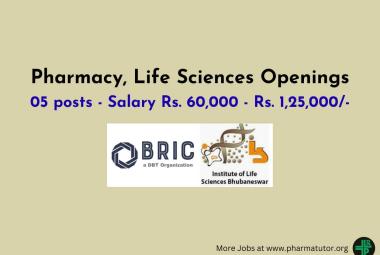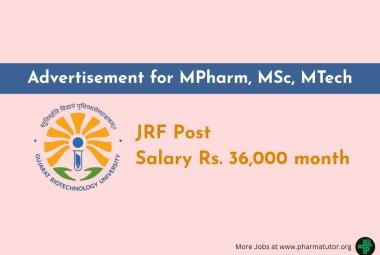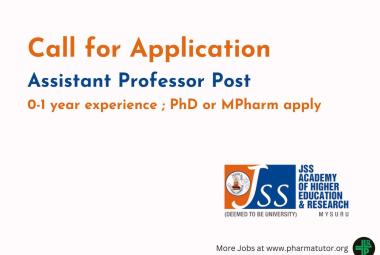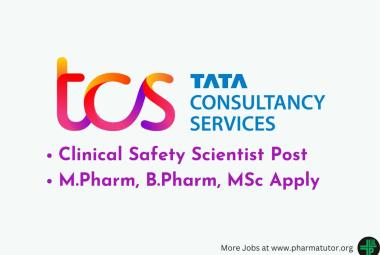FORMULATION DEVELOPMENT AND IN VITRO CHARACTERIZATION OF SUSTAINED RELEASE PELLETS OF VENLAFAXINE HCl
About Author:
Anitha Nidadavolu
Department of Industrial Pharmacy
Chalapathi Institute of Pharmceutical Sciences
Chalapathi Nagar, Lam, Guntur-522034,
Andhra Pradesh, India.
anitha058@gmail.com
{ DOWNLOAD AS PDF }
Abstract:
In the present study, an attempt was made to develop and characterize once daily sustained release pellets of highly water soluble drug Venlafaxine Hydrochloride, which is an antidepressant of serotonin-nor epinephrine reuptake inhibitor (SNRI). Compatibility studies by FTIR spectroscopy observed Venlafaxine HCl was compatible with all the excipients used. These pellets were prepared in three stages. In drug loading stage (powder layering technique with pan coater), drug was loaded on non-pareil sugar spheres by using Mannitol, Microcrystalline powder (MCCP) as diluents and PVP K30 as binder. The concentration of Venlafaxine HCl was kept constant. Four preliminary batches of drug loaded pellets prepared by varying concentrations of disintegrant Crospovidone INF-10 (D1- D4) i.e. 1.5%, 3%, 4.5%, 6%. Optimized formulation was selected based on percentage yield, drug content (assay) and found D3- 4.5% as best. In barrier coating stage(wurster process with fluidized bed coater) drug loaded pellets of D3 were coated by different concentrations of film former HPMC E3 (B1- B3) i.e.4%, 6%, 8%. Among them, B2- 6% found as best. In SR coating stage (wurster process with fluidized bed coater) barrier pellets of B2 were coated by varying concentrations of release rate retarding polymer Ethyl cellulose EC 7 cps (S1- S4) i.e. 2%, 5%, 6%, 8%. These EC (S1- S4) formulations were characterized fordrug content (assay), particle size distribution, friability,flow properties, surface morphology (SEM) and dissolution profile.In vitro dissolution studies were carried out by USP dissolution apparatus Type-II and compared with innovator Effexor XR®. Among all formulations S4(8%) was best, followed first order kinetics and found to release the drug over a sustained period of time up to 24 hrs. The release exponent (n values) for all found in the range of n > 1, indicated that the drug transport mechanism by super case-II transport. The optimized S4 formulation was found as pharmaceutically equivalent to innovator due to similarity (f2 =77.77) in drug release profile. As per ICH guidelines, accelerated stability studies conducted and there was no significant difference in physicochemical parameters (p < 0.05), indicated that the optimized S4 formulation was stable.



 ABOUT AUTHORS:
ABOUT AUTHORS:  About Authors:
About Authors:





